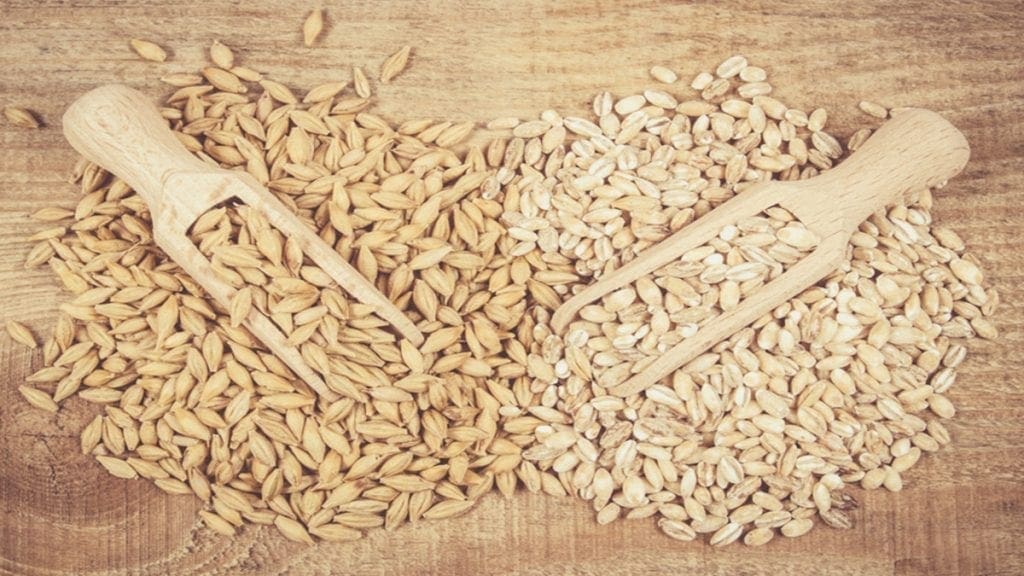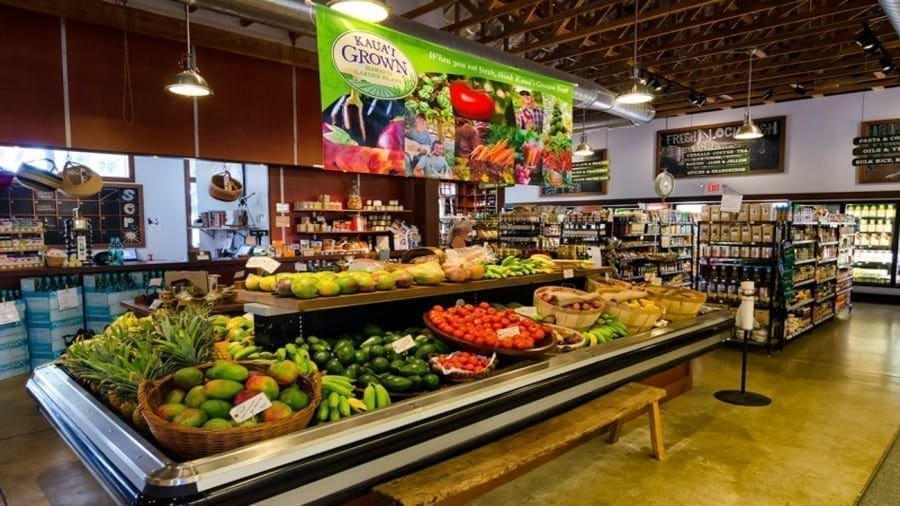AUSTRALIA – Leading Australian grain merchant, CBH Group has completed its second biggest harvest on record with 16.4 million tonnes of grain received across the CBH network during the 2018-19 season.
According to CBH General Manager Operations David Capper, the season performed well above expectations and in comparison to other periods in the years before.
The group said that during the period, harvest records were broken across many of its receival sites including the Kwinana Zone with a total of 8.0 million tonnes delivered, beating the previous record of 7.5 million tonnes set in 2013-14.
This was attributed to a number of initiatives undertaken by the company including implementation of the new CDF mobile delivery app for growers and transporters.
CBH said over 69% of tonnes were delivered by the app, something that enabled tracking of average site turnaround times including queue times which reduced from 46 minutes last season to 43 minutes this season.
“The CDF app, coupled with the extensive site throughput enhancements made prior to harvest and dedicated work from the CBH teams have all contributed to improving our efficiency at site, which is a core focus for CBH Operations” said David Capper.
“Taking in such a large crop is not without its challenges, so I want to thank growers and transporters for their continued support, and the CBH team for working safely and efficiently to resolve issues.”
Figures from the company indicated that 25 sites broke season receival records and 23 sites broke one day receival records.
Most grain was received in Merredin within the Kwinana Zone, with 444,300 tonnes delivered while Mingenew received the most grain within the Geraldton Zone, with 575,700 tonnes delivered.
Cranbrook was the Albany Zone’s largest site, with 340,500 tonnes delivered and for Esperance Zone, Esperance Grain Terminal (including Chadwick) received the most grain with 1.15 million tonnes.
From February, CBH implemented new zones and areas structure with Kwinana zone being divided into two management zones while the number of operational areas increased from 12 to 19 across the network.
“The structural changes will see our team adopt a simpler model with less layers to better serve our growers, and continue to transform CBH into a fitter, leaner business,” Capper said.
“There will be little impact on our growers and they should expect the same level of service from CBH as they always have done.”
The company reported 9% increase in revenue to US$2.69 billion in the year ended 30 September 2018.










